
UDK: 616.314-74
A. A. Zikeev, A. S. Patrushev, M. S. Patrusheva, G. L. Snigur
Волгоградский государственный медицинский университет, кафедра терапевтической стоматологии, кафедра биологии
30 microsections of extracted teeth were studied. Рreliminarily preparaited teeth were subjected to adhesive preparation, carried out according to various methods: application of adhesive on the dried surface of dentin, wet bonding and ethanol wet-bonding, followed by application of 5-generation adhesive systems on alcohol and acetone basis. It was found that drying the surface of dentin leads to the collapse of collagen fibers and significantly degrades the adhesion quality of the filling material. The maximum micromechanical retention of the filling material to the dentin surface is ensured by the use of "wet bonding" technique. The alcohol protocol ensures the formation of a distinct, homogeneous adhesion zone, but the width of the hybrid zone is smaller than when using wet bonding techniques.
ethanol wet-bonding, wet bonding, hybrid zone, adhesive